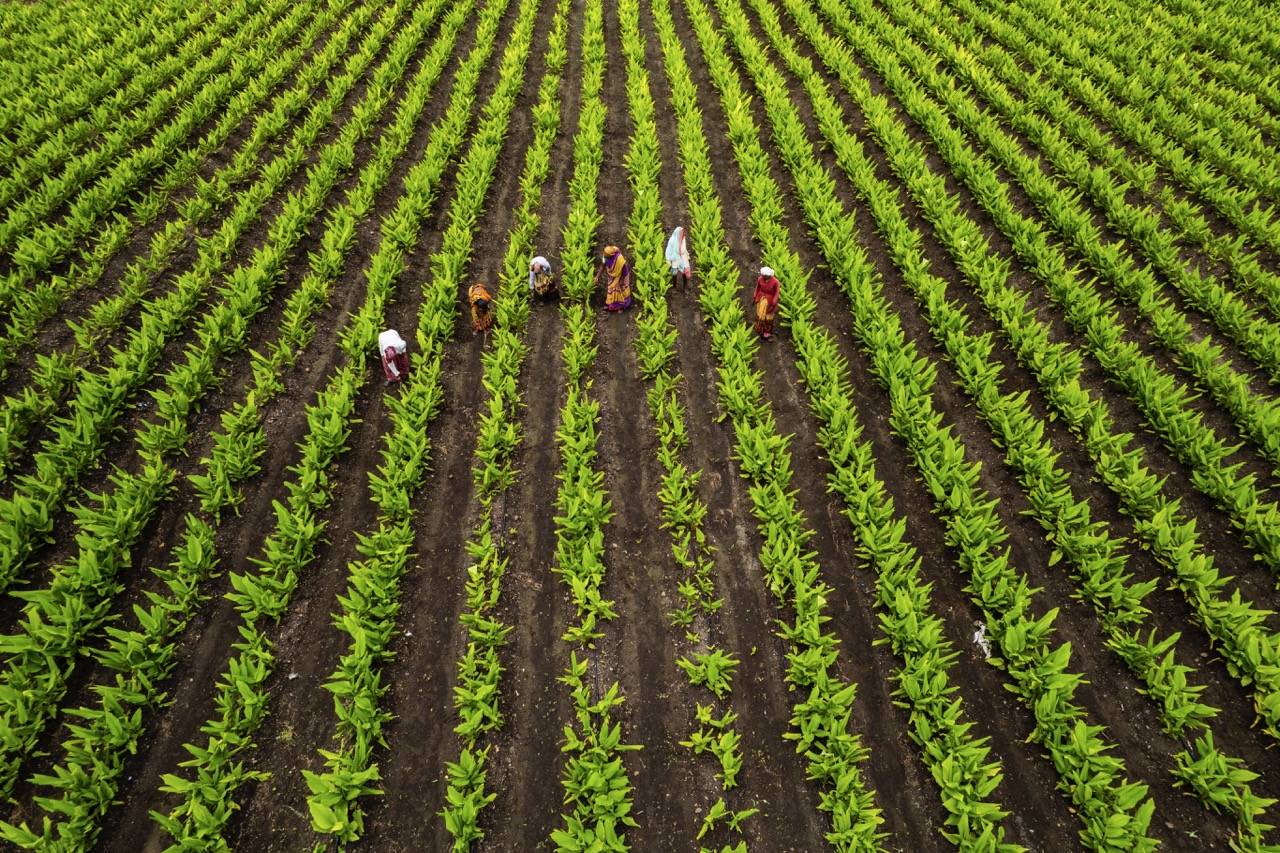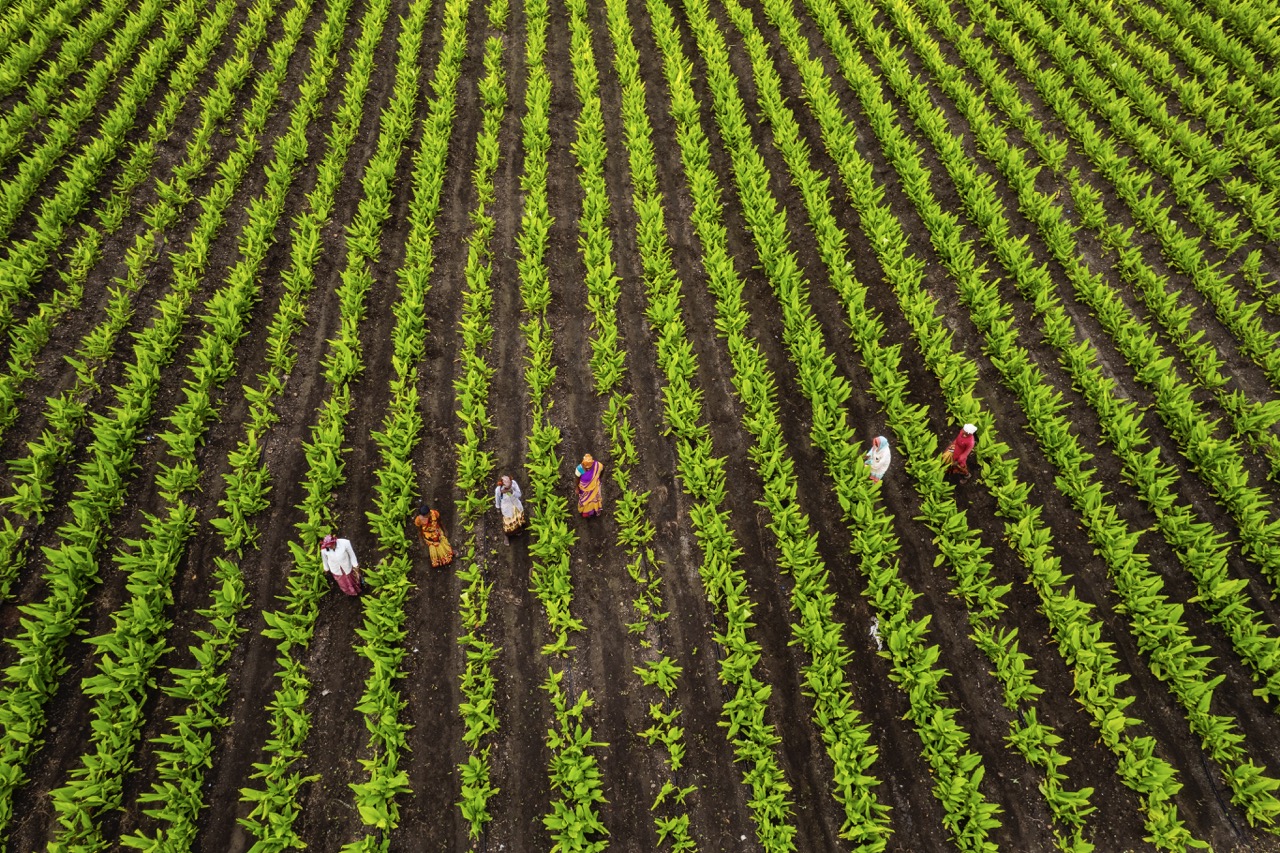In recent years, there has been growing interest in sustainable agricultural practices, particularly low-till farming. This method, which reduces the disturbance of soil during crop cultivation, has become increasingly recognized for its positive impacts on soil health. Farmers globally are starting to adopt low-till techniques, driven not only by environmental considerations but also by economic incentives. This article explores the multifaceted benefits of low-till farming, highlighting its significance for soil health and overall agricultural sustainability.
Understanding Low-Till Farming: A Sustainable Approach
Low-till farming, also known as conservation tillage, involves minimal mechanical soil disturbance. This practice contrasts sharply with traditional tillage methods that can strip the soil of its organic matter and disrupt the intricate network of soil organisms. By limiting the disturbance, low-till farming maintains the natural structure of the soil, which is essential for water retention and nutrient availability. This sustainable approach is increasingly viewed as a solution for addressing many of the challenges faced by modern agriculture.
The principles of low-till farming are rooted in the concepts of soil conservation and regeneration. Farmers who adopt this practice often focus on using cover crops, crop rotation, and organic amendments to enhance soil fertility without extensive tilling. By doing so, they can increase the organic matter in the soil, which improves its overall health. This method not only preserves the soil structure but also contributes to the sequestration of carbon, helping mitigate climate change.
Low-till farming is not a one-size-fits-all solution, and its implementation may require an initial investment in new equipment or knowledge. However, as technology advances, more farmers are finding ways to integrate low-till practices into their existing systems. The increasing availability of specialized seeding equipment designed for low-till applications allows for a smoother transition. Ultimately, understanding the foundations of low-till farming can empower farmers to make more informed decisions about their agricultural practices.
Enhancing Soil Structure: The Key to Healthier Crops
Soil structure plays a crucial role in determining the health of crops and their yields. Low-till farming enhances soil structure by promoting the formation of aggregates, which are clusters of soil particles. These aggregates create spaces for air and water movement, allowing roots to establish themselves more effectively and access essential nutrients. With improved aeration and drainage, crops are better equipped to thrive, even under varying climatic conditions.
Moreover, preserving soil structure aids in reducing erosion. Traditional tillage practices often lead to the compaction of soil, making it harder for water to penetrate and increasing the risk of runoff. Low-till farming, on the other hand, maintains the natural layers of soil, reducing both surface runoff and erosion. This is particularly important in regions prone to heavy rainfall, where soil loss can have devastating consequences for agricultural productivity and the environment.
Additionally, healthier soil structure contributes to better moisture retention. In low-till systems, organic matter acts like a sponge, holding onto water and releasing it slowly to crops during dry periods. This not only supports crop health but also reduces the need for irrigation, enabling farmers to conserve water resources. As climate variability becomes more pronounced, the ability to retain moisture in the soil will be increasingly critical for sustainable agriculture.
Biodiversity Boost: Encouraging Soil Organisms and Life
One of the most significant advantages of low-till farming is the positive impact it has on soil biodiversity. A diverse array of soil organisms—ranging from bacteria and fungi to earthworms—plays a vital role in nutrient cycling, organic matter decomposition, and overall soil health. By minimizing soil disturbance, low-till practices foster a thriving ecosystem of beneficial organisms that contribute to the soil’s vitality and resilience.
The reduced disturbance associated with low-till farming allows for the development of a more stable microbial community. This stability enhances the soil’s ability to respond to environmental stressors, such as drought or pest invasions. Healthy microbial populations can also improve nutrient availability to plants, as certain microorganisms are involved in breaking down organic matter and making nutrients more accessible. Consequently, healthier crops emerge, leading to higher yields and improved quality.
Encouraging biodiversity in the soil also has broader ecological implications. A rich and diverse soil ecosystem can help sequester carbon, mitigate greenhouse gas emissions, and improve overall ecosystem services. As farmers increasingly recognize the interconnectedness of soil health and environmental sustainability, low-till farming emerges as a compelling strategy for enhancing biodiversity both on the farm and in the surrounding environment.
Long-Term Gains: Economic and Environmental Benefits
The economic benefits of low-till farming are significant and multifaceted. By reducing the need for intensive tillage equipment and labor, farmers can lower their operational costs. Furthermore, healthier soils often lead to improved crop yields and reduced reliance on chemical fertilizers and pesticides, resulting in long-term savings. As input costs decrease, farmers can enhance their profit margins while contributing to a more sustainable agricultural system.
Additionally, low-till farming can provide farmers with access to premium markets. As consumer demand for sustainably produced food grows, farmers practicing low-till agriculture can differentiate their products and potentially charge higher prices. Certification programs recognizing sustainable farming practices can further enhance marketability and profitability. By aligning their practices with consumer preferences, farmers can build resilience against market fluctuations.
Environmentally, low-till farming offers substantial benefits. It contributes to soil health, which is foundational for sustainable agriculture. Reduced erosion and improved water retention help protect local waterways from sedimentation and nutrient runoff. By adopting low-till practices, farmers can play a proactive role in safeguarding ecosystems and supporting food security for future generations. Ultimately, low-till farming stands as a compelling choice for those seeking to balance economic viability with environmental stewardship.
The benefits of low-till farming for soil health are profound and far-reaching. As farmers face increasing challenges from climate change, market pressures, and soil degradation, embracing low-till practices provides a sustainable path forward. By enhancing soil structure, promoting biodiversity, and delivering long-term economic and environmental gains, low-till farming exemplifies the potential of innovative agricultural practices. As the agricultural landscape continues to evolve, low-till farming represents a promising strategy to build resilience and ensure a sustainable future for food production.










